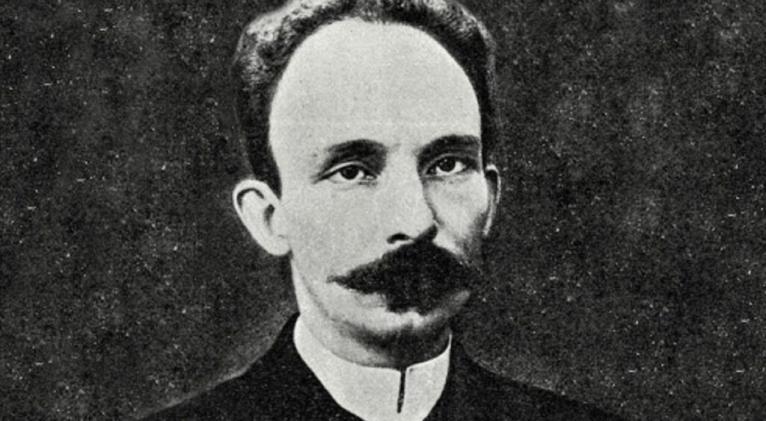José Martí: The Permanent Possibility
especiales

José Martí's ideology is not a cookbook. It’s one of the threats when facing the huge flow of a work that covered a very wide thematic spectrum, with singular depth. It’s heard many times that Martí wrote about everything. And —taking into consideration the proven credentials of the intellectual and patriot— there’s a tendency to extrapolate many of the presuppositions of his speeches, articles, reflections...
This may seem evident: the challenges of present times are others; it’s not possible to uncritically apply old solutions to present problems. At least, not without subjecting those solutions to rigorous scrutiny. Domain of the context. Dialectics. These are essential conditions when interpreting and applying an ideology.
In José Martí you must search for the essences. And it’s not as plain sailing. There are those who have at hand a string of Marti phrases and use them indiscriminately in any situation. Many times these phrases (selected from a larger, integrating body) become commonplace. Hollow phrases, devoid of strength.
An intent and committed reading of Marti's work should convince us of the need to go deeper in the face of any challenge. That's what Martí always did. On the most controversial issues, given the discrepancies on the direction the independence struggle should take, he defended his position with plenty of arguments; relying, more than on romanticism that some did not forgive him, on the probability of the facts.
José Martí was not a shrewd realist, but he wasn’t an irresponsible dreamer either. There are those who confuse idealism with an ethical calling. Ethics for Martí was not a piece of cloth to be removed and put on: it was the pillar of a personal project.
His proposals —even those that bothered other patriots committed to the cause— were based on a thorough understanding of the context, the result of a thorough analysis of all the variants. But he never made Machiavellian concessions.
You have to read Martí. We have to discuss Martí. He is a responsibility of all those who, in one way or another, assume roles in leading political processes in this country. But it should also be a concern or aspiration of all citizens. And more than copying and pasting, it would be good to put certain logics of that thought.
Martí’s force nowadays must be guaranteed by his epigones. And there’s a considerable theoretical body that updates the implications of a thought that it was largely, ahead of his time, but that responds to the dynamics of that time.
Martí's is the path of permanent possibility. Even including the referential contours that marked his itinerary, there are always elements that can mark directions. You don't have to read them like you read a map: you have to reposition them on the current board.
We don’t know for sure how José Martí would have behaved in the current circumstances. That’s rather the realm of fiction. Or pure determinism. We do have, however, an extraordinary political and literary heritage. And with the strength of example. When José Martí fell in Dos Ríos 127 years ago, the man died, but the symbol remained. And the symbol always intertwines ties to a reality.
In a privileged place in Havana, outside the Museum of the Revolution (former Presidential Palace), the equestrian sculpture of José Martí is located. It’s an exact and unique copy of the one erected in New York's Central Park, the work of the North American sculptor Anna Vaughn. "Martí appears in the act of dying, it’s strange a monument where the hero does not appear in that triumphant position, but sublimated by the idea that he is giving his life for a just and exceptional cause," said the Havana historian Eusebio Leal at the official opening (January 28th, 2018) of the impressive monument. It’s true: in Dos Ríos, José Martí died to live forever. He is the main referent of the struggles of this town for its definitive independence.














Add new comment